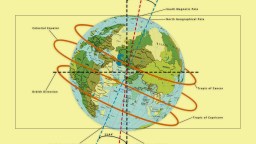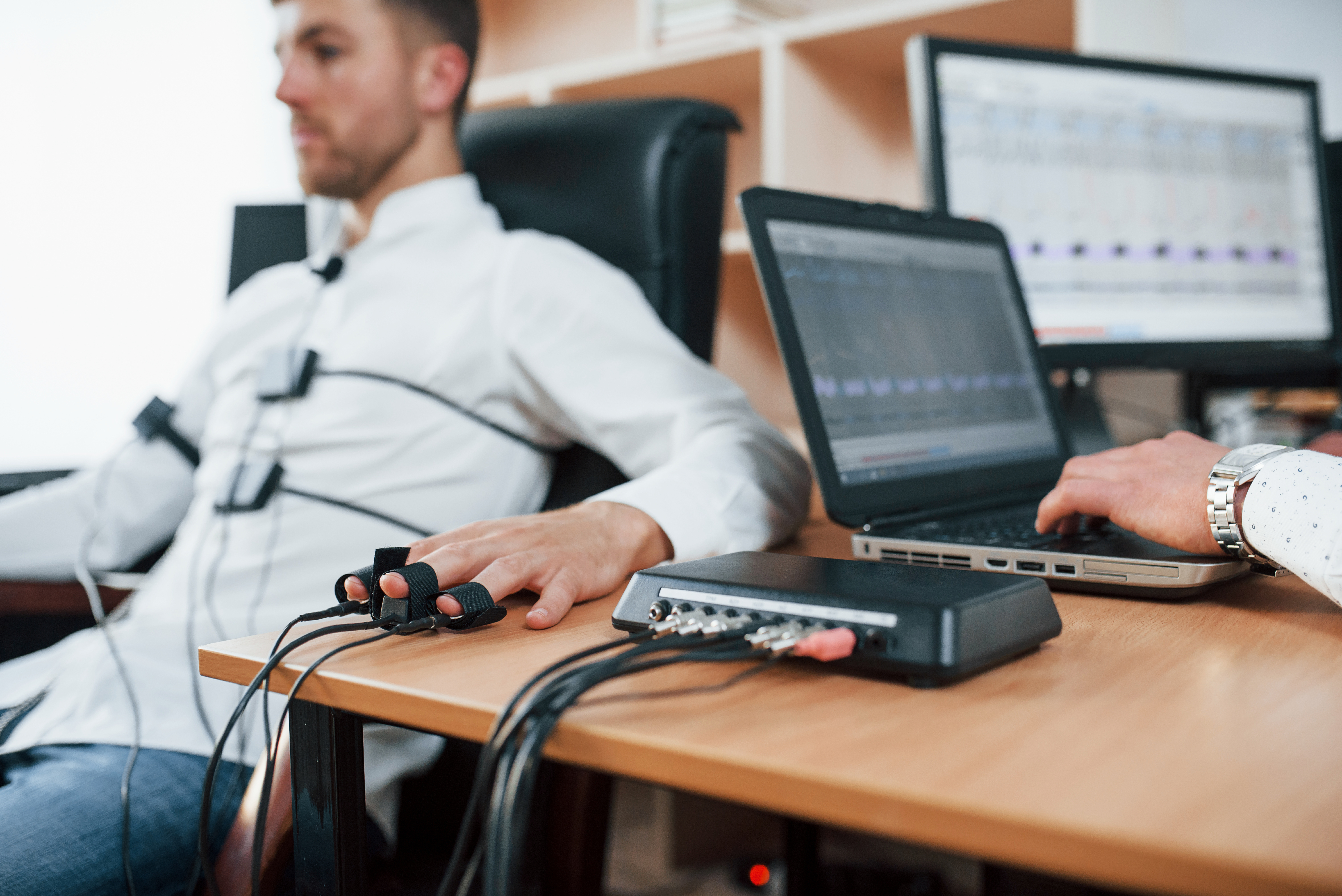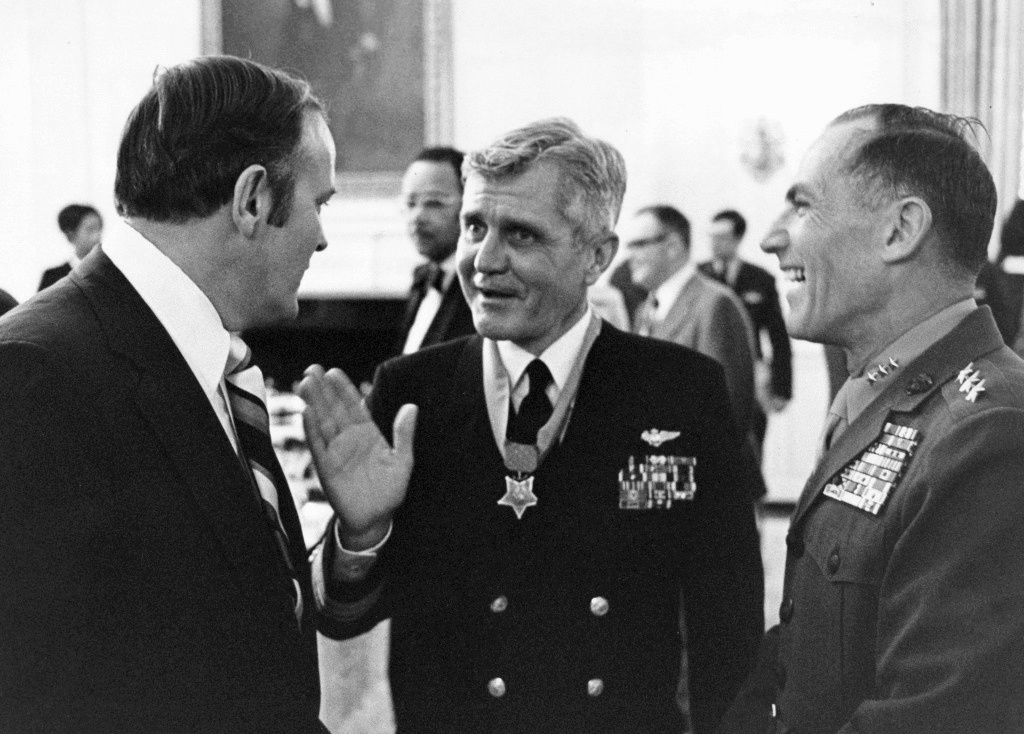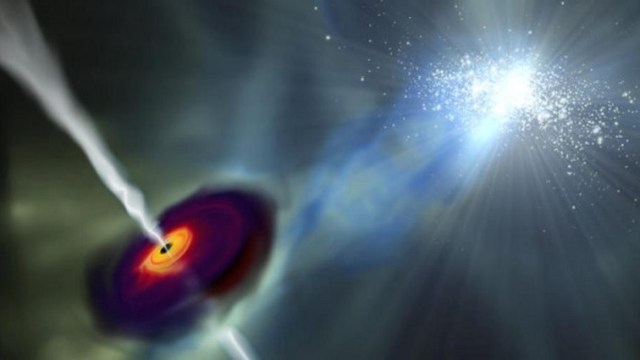The future Is now
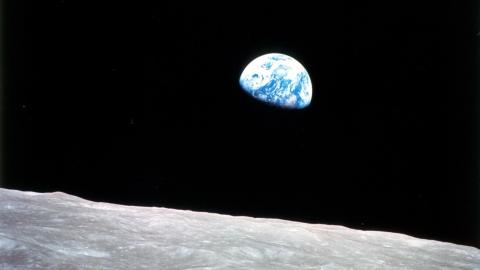
(IMAGE CREDIT: NASA)
This is the time of the year when people turn inwards, scanning what happened during the past year, thinking and planning how they could make it better for the next one. There is atonement for the old and promise for the new, a perfect mix for change. We look back, recalling our mistakes, our weaknesses, our broken promises, our failings.
In these moments of self-analysis, we find where we went wrong and draw plans for new initiatives. More social action, less arrogance, more kindness, less self-indulgence, more caring for our bodies, less succumbing to ephemeral pleasures. We do this every year, and we repeat it the next. Do we change? Do we improve? Do we feel more together now, more whole than, say, a year ago? Five years ago?
That’s something for each of us to ponder with the honesty that only solitude allows.
End-of-year resolutions tend to be personal. We focus on our lives, the changes we want to promote to our routine, to our relations, to our work ethics.
Today, I want to suggest a second dimension to this self-analysis, one that turns its focus out to the world. I want to suggest that some of the changes that we can make to our lives can have an impact that goes well beyond ourselves.
There is a new planetary consciousness arising, and we must all be attuned to it.
Earth rising
It’s been fifty years this week since Apollo 8 astronaut William Anders took the famous Earthrise photograph, showing the Earth “rising” above the Moon. Contrasting the barren, dead, lunar surface with the deep-blue coloring of our cloudy planet, Earthrise became an icon of the environmental movement. We see death and life together, and understand the fragility of our planet, standing in stark contrast with the dark space beyond. We understand our cosmic loneliness, and why Earth is such a special place.
I think most would agree that 2018 was a very tough year. And I’m not talking about politics. We have seen unprecedented environmental degradation, from the massive California fires to severe drought and devastating storms across the planet. Unless you prefer to live under some kind of obscurantist pseudo-science cult, the absolute majority of scientists has no doubt that man-made climate change is the main culprit.
But I don’t want this meditation to be about liberals vs. conservatives, or oil and coal vs. solar and wind. I also don’t want it to become yet another text that conservative readers dismiss as liberal propaganda. Hopefully, they are still reading. I want to go back to the Earthrise photograph, and think about what it tells all of us. And I do mean all of us, irrespective of political or religious affiliation, social class, nationality, ethnic background, or gender choices.
The power of Earthrise is in its global message. It speaks to each and every one of us. It opens a new way to see us and our planet, an all-inclusive vision of us together in this unique cosmic home, sailing across the dark and harsh outer space environment. It points to the fragility of life here, protected from certain death by a thin atmospheric membrane. It tells the amazing story of a species that evolved over billions of years from a single-celled organism and that, through much toil and inventiveness, spread across and beyond its mother planet. And yet, Earthrise shows that, no matter how far we move beyond our home, this is where we belong.
Much has been said about global warming and how governments must mobilize as soon as possible to promote change. We now know that even if we did that, we have entered an irreversible trend that can only be mitigated and no longer avoided. The changes are here, and will only get worse. All you have to do is take a cursory look at the latest report from the International Panel on Climate Change with an open mind. We have carved this future through our inaction and will suffer—are suffering—the consequences of our bad choices.
Which brings me back to new year’s resolutions and choices. What if we decide to combine our self-care with our planet’s needs? What if we take climate control into our individual hands, promoting small changes that, when added over millions (hopefully billions) of people, actually will make a difference?
Smart consumer choices
We can, as consumers, influence the companies we buy products from. If a corporation serves the interest of its stock-holders above those of the planet, stop buying its products. We are fortunate to live in a time where there are other options. If we are smart about our consumer choices, we can force the dawn of a new era of corporate ethics. Organically-sourced foods help local economies, the environment, and your health. True, they are more expensive, and many can’t afford them. But if more people buy from these farmers, the prices will go down. It’s all about supply-and-demand economics.
We can, as individuals, eat foods that are better for us and the environment. If you, like the vast majority of the global population, aren’t ready to become vegetarian, just eat less meat and fish every week. Decrease the portions, thinking of the ethical, environmental, and medical costs of a meat-rich diet. If you need some motivation and can stomach it, watch Shaun Monson’s documentary Unity.
The individual actions are mostly quite simple and, when followed by millions, hopefully billions, effective: taking shorter showers, turning off lights that are not needed, using LEDs, using more public transportation, banning plastic from your life, planting a tree, recycling, creating less waste, [add your own here]. All of these actions are positive and constructive, irrespective of your personal values. They should be a no-brainer, but people tend to be very slow at enacting changes that require shifts in their mindset, or perhaps a small amount of personal sacrifice.
This inertia for enacting global change at the individual level is our biggest enemy right now.
Perhaps, as daily reminders, we should all keep a copy of Earthrise on our desks. Send it as gifts to everyone you know. Plans for colonizing other worlds notwithstanding, this is the only planet we’ve got for a very, very long time. There is no time to look outwards for solutions. We are the ones who must act, at the individual and the community level, to promote the change that will guarantee, or at least improve, the future of our children and their children.
Think of the next year as a year for promoting the global good, starting with you. It is easier than it looks.
A healthy humanity needs a healthy planet.
The post The Future Is Now appeared first on ORBITER.

